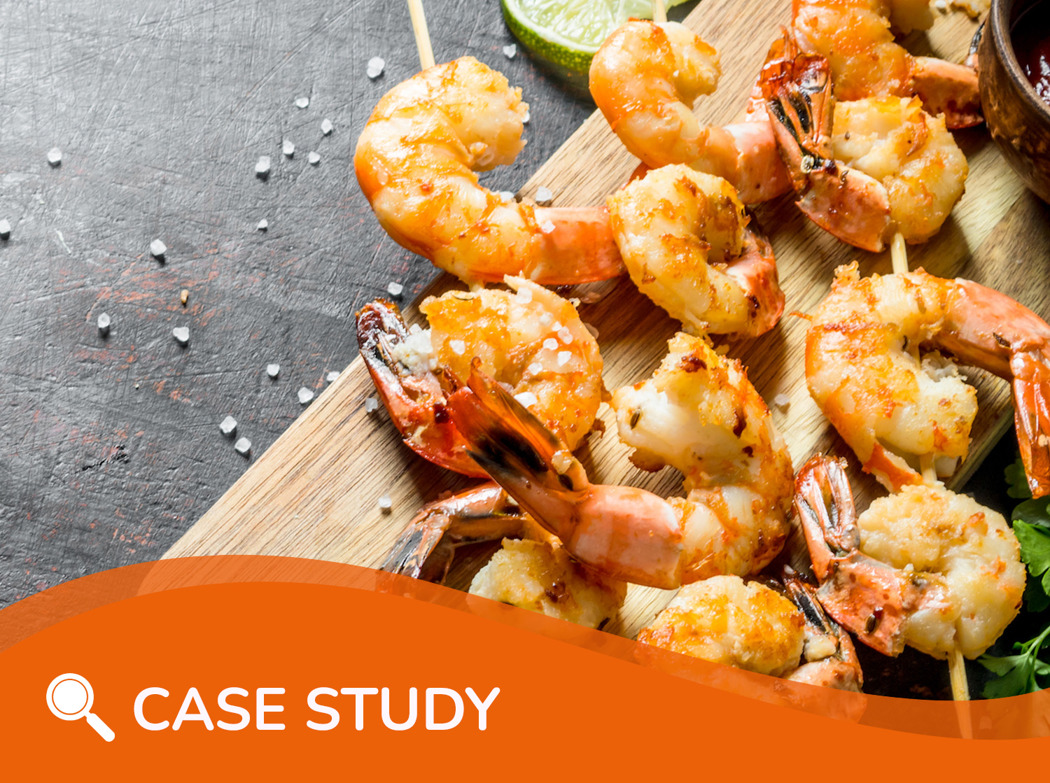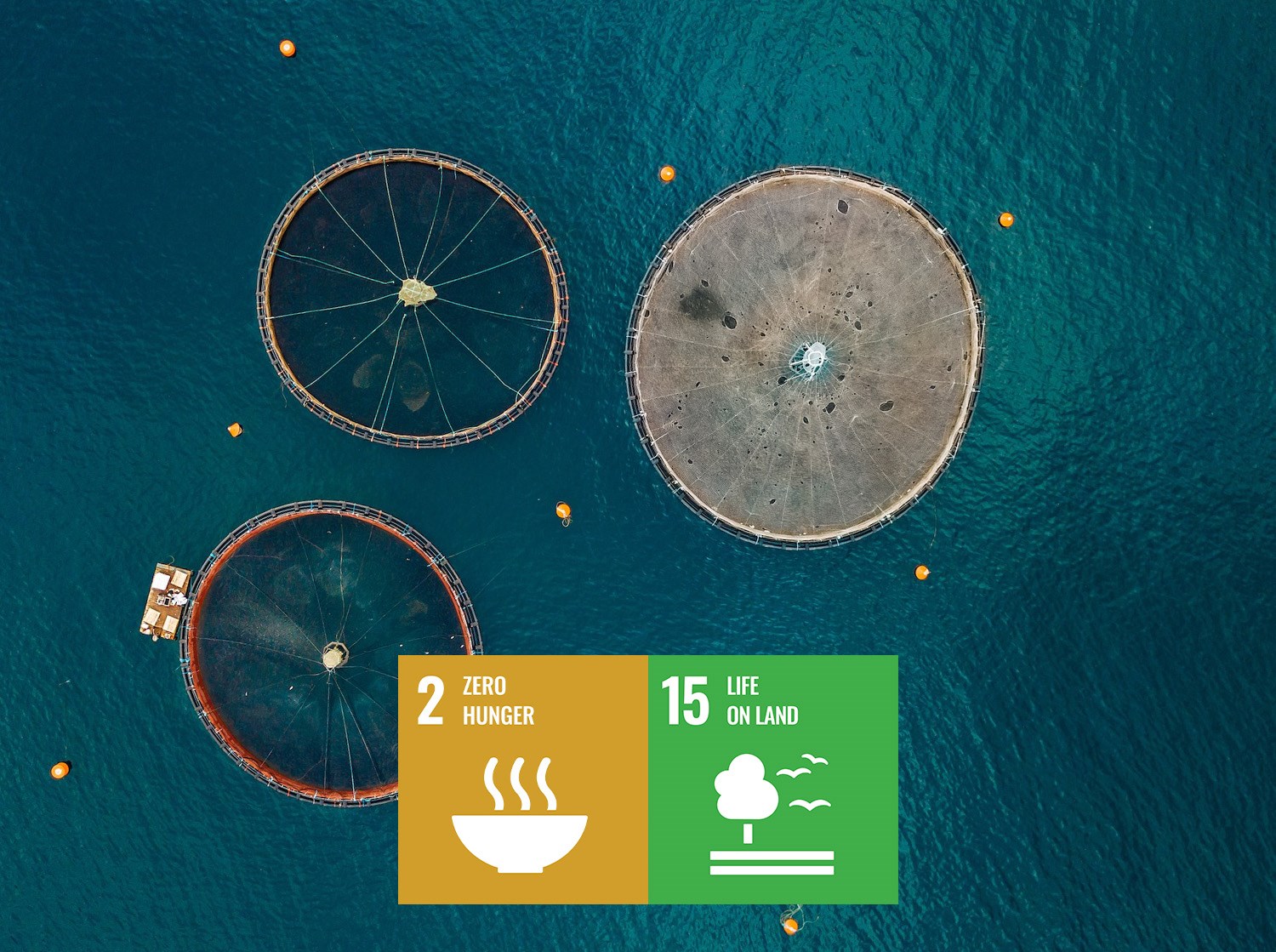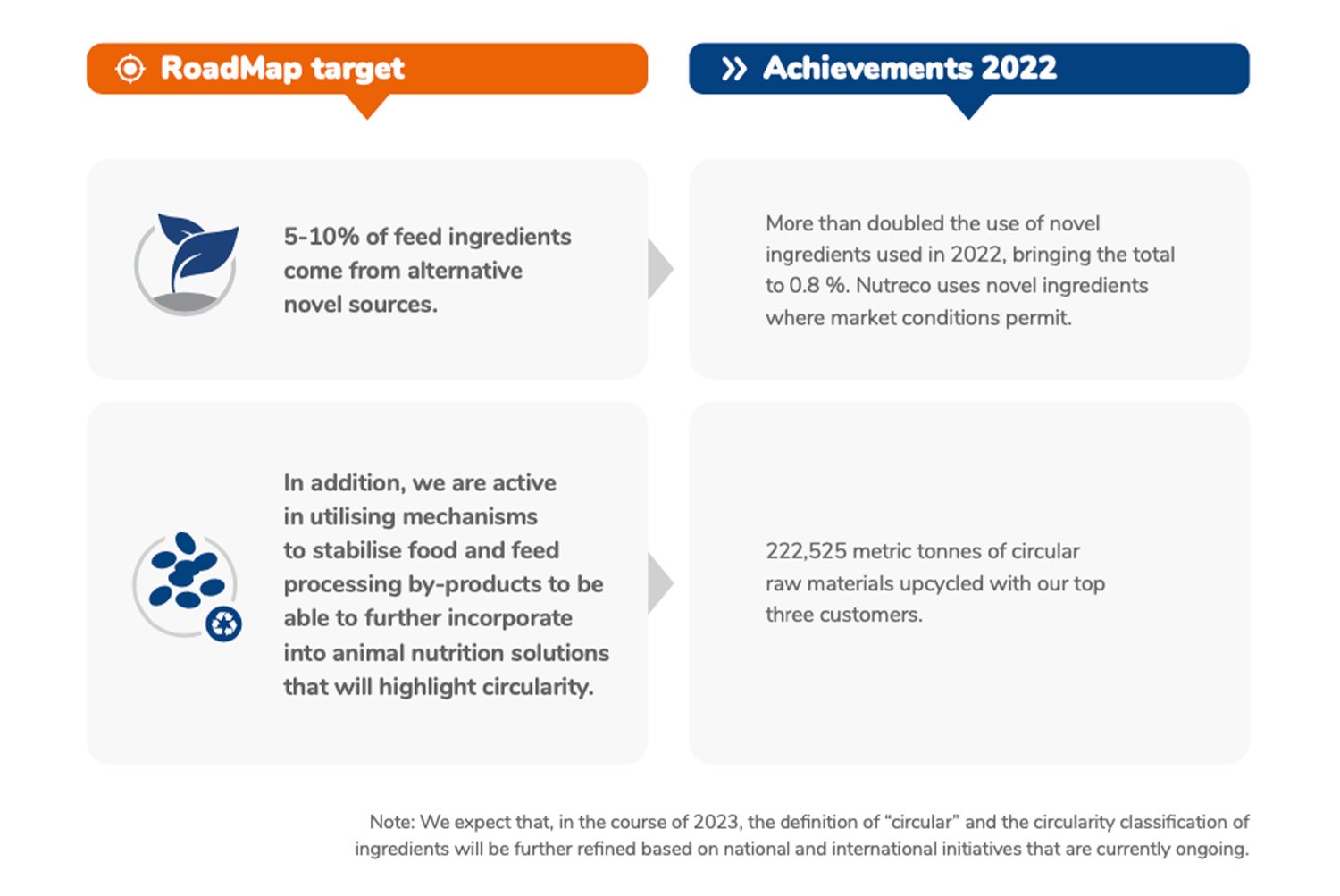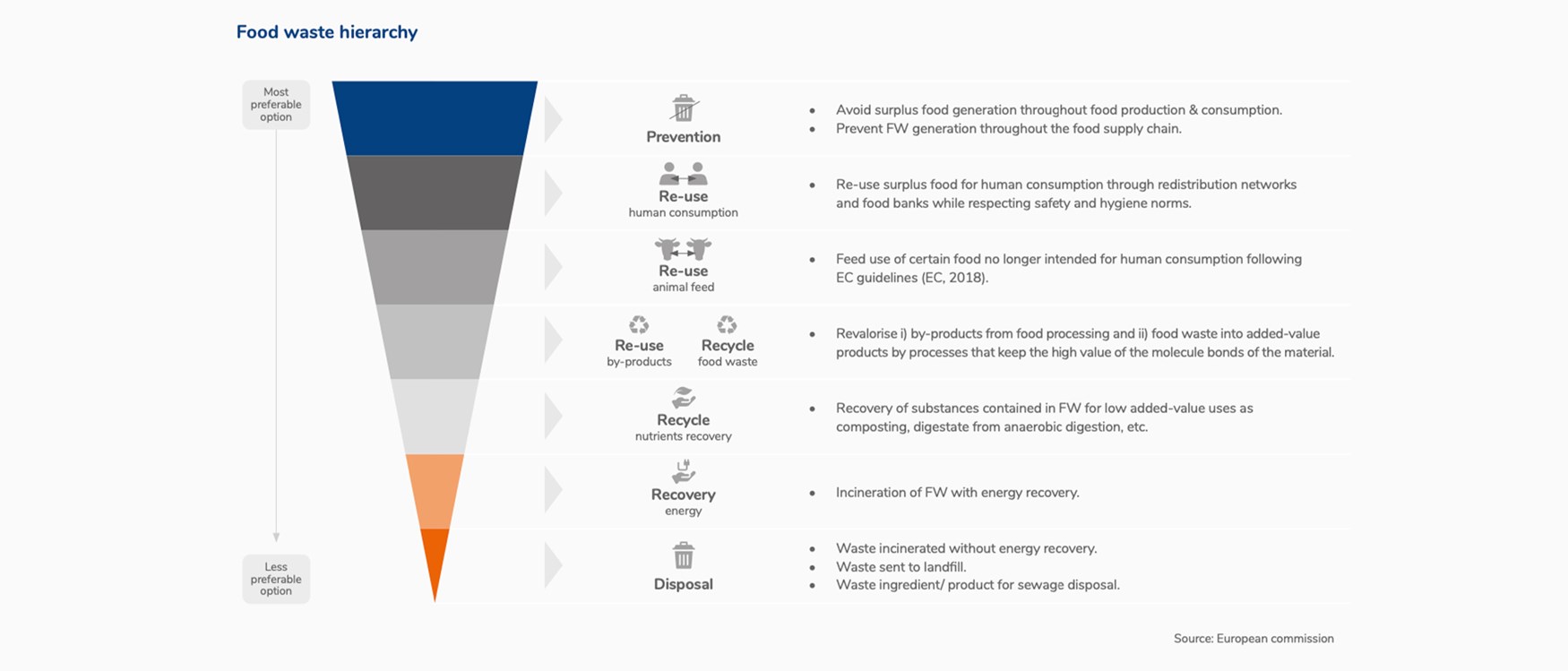Building connections between the food and beverage industries and agriculture provides opportunities to address the gap between today’s feed production levels and the future’s projected food requirements. Using by-products from the food industry in animal feed enables us to close the circle and keep more nutrients within the food chain.
These by-products, despite not meeting human taste, texture, or other physicochemical requirements, are often highly suitable for animal nutrition. Some examples include liquid or dry by- products from oilseeds, cereals, roots, potatoes and fruits in the food and beverage industry, as well as processed animal proteins (PAPs) from meat by-products. The extensive use of inedible human by-products in animal feed and their upcycling into human-edible food is a crucial requirement for sustainable animal protein production.
At present, a significant amount of nutritional and digestible by-products continues to be used for energy production. Considering today’s volatile energy markets, and the ambitions of the European Union around recognising renewable energy as one way to achieve carbon neutrality by 2050, allocating by-products toward energy production might seem to be a good idea. However, according to the food waste hierarchy (figure 1), by-products’ use as food has the highest priority, followed by use in animal nutrition. Only when neither are possible are other uses acceptable, such as the production of biofuels.
Safety is always a top priority across the food product chain and maintaining by-products within the food-to-feed chain often comes with microbial challenges. For this reason, to effectively use by-streams of food and beverage production as ingredients for high-value production processes, like animal nutrition, managing microbial quality is of the utmost importance. This is where Nutreco, and particularly our Selko Feed Additives team, can play an important role.
We are continuously exploring opportunities to collaborate with industry players to increase the use of circular ingredients. Our Selko Feed Additives team is running initiatives in different parts of the world to preserve valuable nutrient sources and utilise them within animal feed; its aim is to produce more sustainable animal protein to feed the growing world population.



